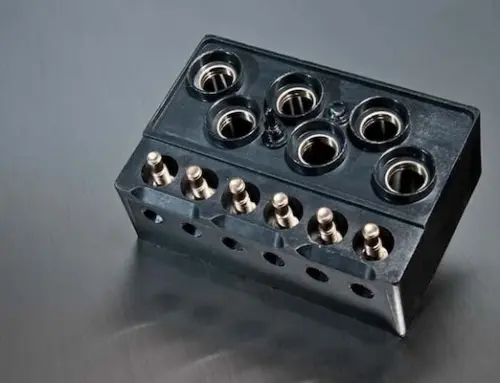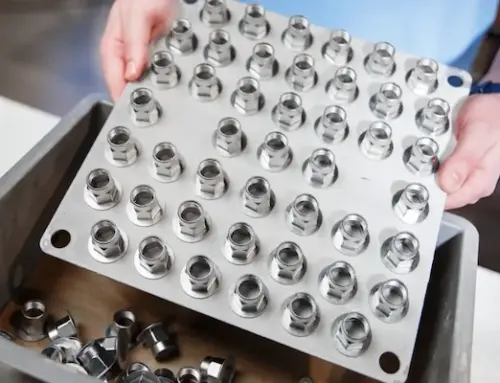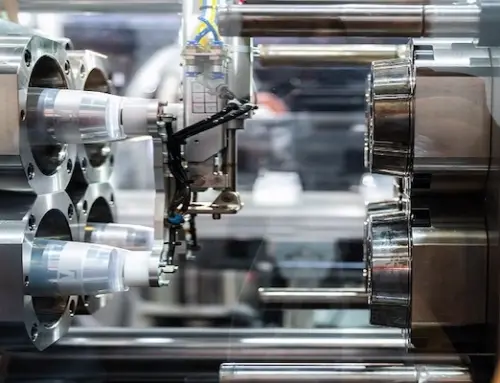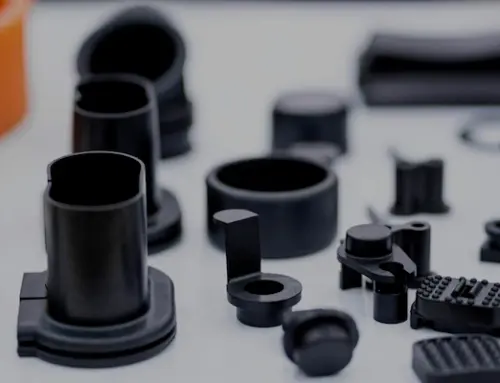Plastic injection molding is the most adaptable of all injection molding technologies. This technology is used extensively to produce a variety of different parts ranging from automotive parts to surgical applications.
In this process, the addition of different types of plastic resins and additives enhances the flexibility of designers and engineers. It is the best choice for first-class, high-volume parts manufacturing. This technology involves a different customization process, so an injection mold made of the steel contains a cavity that forms the part.
1. Plastic Mold Making Process
1) Standard/CNC machining
Traditionally, standard machining includes the manual use of lathes, milling machines, and drilling machines. However, with CNC machining, you can produce more complex and precise molds while still using standard machining methods.
In this advanced technology, everything from mold design to engineering processes is fully automated. The mechanical dimensions of the mold are clearly constructed using CAD software, and then translated into manufacturing instructions by CAM software. Then use post-processing software to make molds.
2) Electric discharge machining
In this process, the desired form can be effectively obtained by using electrodes composed of graphite or copper. This technique slowly removes the metal from the mold, but it can make shapes that cannot be achieved by traditional CNC machining.
In addition, it can form pre-hardened molds and eliminate the requirement for supplemental heat treatment. The finished product does not require further polishing of the mold cavity, because it produces a fine polishing.
You should know that a plastic injection mold can have one cavity to manufacture parts at a time, or it can have a large number of cavities for very high-volume molds.
The production cost of injection molds is relatively high, but the cost per piece is low. The low cost of every component with resin and finish options makes this advanced technology stand out in the manufacturing industry. However, the cost will vary from small, single-cavity injection molds to large or complex molds.
In addition, the cost of plastic mold manufacturing also depends on various other factors, such as raw materials, operations, and subsequent maintenance costs. When we talk about the main factors that affect mold manufacturing costs, it includes part size, complexity, material, and expected quantity.
According to your requirements for parts, the manufacturer will recommend the best solution for you, whether a single cavity mold can produce a gasket in one machine cycle, or a multiple cavity mold can produce a large number of parts in one cycle. It will determine the cost.
2. Cost of Plastic Mold Manufacturing
From concept to project completion, the cost of each stage of the manufacturing process is very different. Therefore, you need to understand the basic concept of cost estimation for injection mold production. It is considered the type of rapid prototyping, insertion tools, and high production tools as well as the degree of difficulty, such as basic, intermediate and advanced.
Besides, the choice of process materials is another factor that determines the cost. Therefore, as a customer, you should ask your mold maker to design molds accordingly and plan the correct number of cavities to reach that price. In addition, it is good to be prepared to build the best tools for your project and to provide basic knowledge to the manufacturer.
Holly is a leading manufacturer of plastic molds within the budget and without compromising quality. We will help you decide the right way.






Leave A Comment